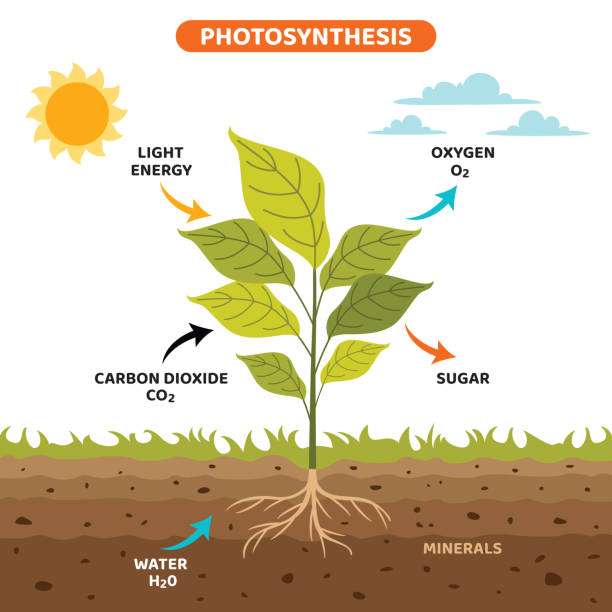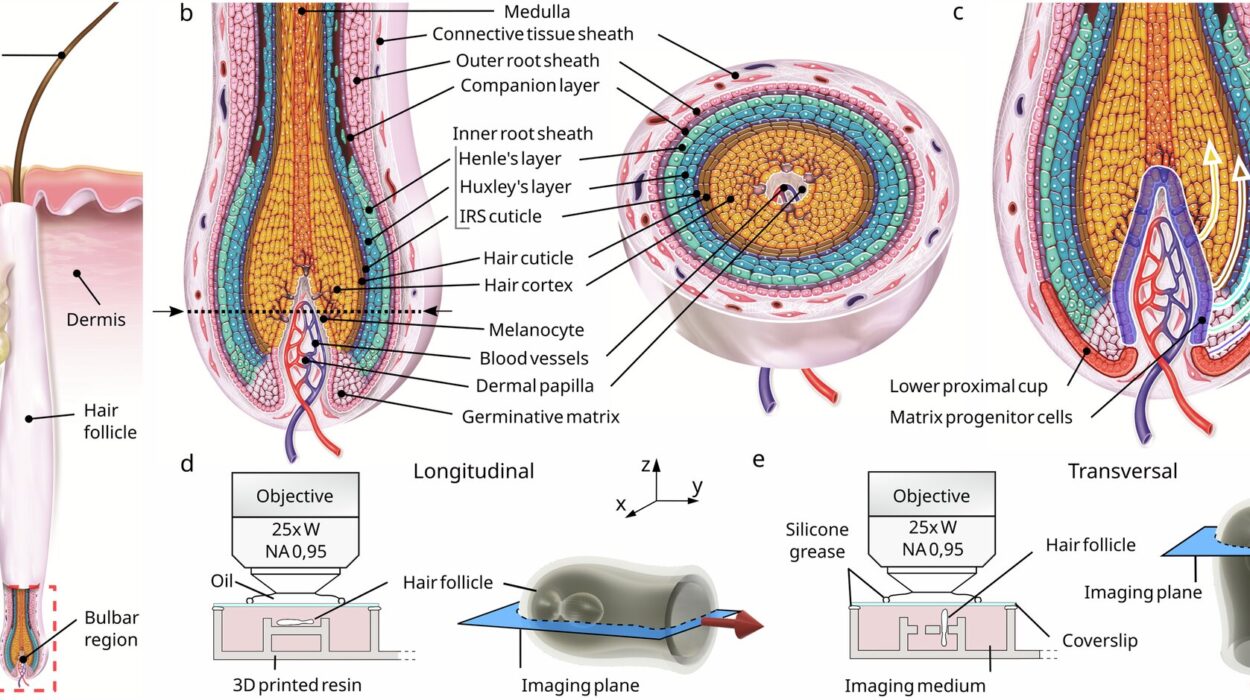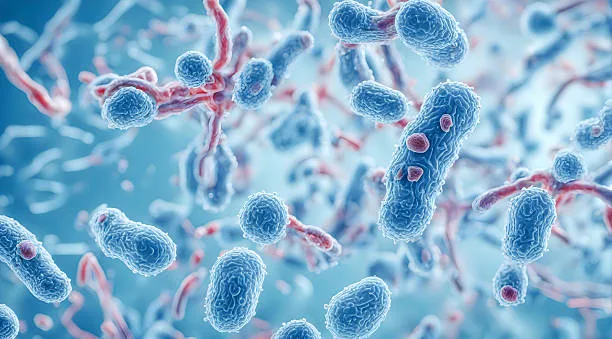Every breath we take, every bite of food we eat, and every ecosystem we explore is a testament to a quiet, invisible miracle happening all around us: photosynthesis. Despite its humble presence—nestled within the chloroplasts of leaves, algae, and microscopic organisms—photosynthesis is the cornerstone of life on Earth. It’s not just a biological process; it is the planet’s primary energy engine, one that powers everything from towering forests to microscopic plankton, from the food on our tables to the air in our lungs.
But what is photosynthesis, really? Why is it so critical—not just for plants but for every living thing? And how has this ancient process shaped the evolution of our planet? To answer these questions, we need to peer inside the world of plant cells, the history of Earth itself, and even the future of human sustainability.
The Chemical Ballet: How Photosynthesis Works
At its core, photosynthesis is a sophisticated chemical reaction—an elegant dance of molecules, energy, and light. It allows green plants, algae, and certain bacteria to convert sunlight into chemical energy, using water and carbon dioxide as raw ingredients. The primary product? Glucose, a simple sugar that serves as fuel for the organism. But there’s a beautiful byproduct that changes everything: oxygen.
The process occurs mainly in the chloroplasts—organelles that house chlorophyll, the pigment that gives plants their green color and their remarkable ability to absorb sunlight. During photosynthesis, chlorophyll captures light energy, which is then used to split water molecules into hydrogen and oxygen. The hydrogen combines with carbon dioxide (from the air) to produce glucose, while oxygen is released into the atmosphere.
The simplified equation is poetic in its balance:
6CO₂ + 6H₂O + light energy → C₆H₁₂O₆ + 6O₂
This equation might look simple, but its implications are profound. It fuels plant growth, supports food chains, and sustains the very atmosphere we breathe.
Origins of Photosynthesis: A Revolution in the Making
Photosynthesis wasn’t always a feature of life on Earth. In fact, Earth’s early atmosphere was hostile to modern life—full of methane, ammonia, and other noxious gases. Around 3.5 billion years ago, however, primitive photosynthetic bacteria began to harness sunlight to produce energy, slowly releasing oxygen as a waste product. This quiet revolution would go on to change everything.
Over millions of years, oxygen levels in the atmosphere rose dramatically. This event—known as the Great Oxygenation Event—transformed Earth from a toxic, anaerobic world into one capable of supporting complex, aerobic life. It was the first major planetary engineering feat, performed not by machines or humans, but by microscopic cyanobacteria.
Photosynthesis not only changed the air but also laid the foundation for the evolution of all plants and animals. By enabling the storage of solar energy in chemical form, it provided a new, rich energy source—glucose—that could be passed through food chains. Life became more diverse, more dynamic, and ultimately, more intelligent.
Chlorophyll: The Green Alchemist
One of the unsung heroes of photosynthesis is chlorophyll, the green pigment found in plants, algae, and cyanobacteria. Chlorophyll absorbs light most efficiently in the blue and red parts of the spectrum and reflects green—hence the familiar color of leaves and grass. This pigment acts as the primary light-absorbing agent, initiating the entire photosynthetic process.
There are several types of chlorophyll, with chlorophyll-a being the most common and essential. It plays a direct role in converting solar energy into chemical energy. Other accessory pigments like chlorophyll-b and carotenoids help broaden the range of light a plant can use, boosting efficiency.
Interestingly, the green we see in plants is not because they absorb green light, but because they reflect it. The absorption of other wavelengths is what makes photosynthesis so effective and allows for the diverse coloration seen in plants, flowers, and algae around the world.
Light and Dark Reactions: Two Acts of the Same Drama
Photosynthesis occurs in two stages: the light-dependent reactions and the light-independent reactions (commonly called the Calvin Cycle).
In the light-dependent reactions, chlorophyll absorbs sunlight and uses it to split water molecules into oxygen, protons, and electrons. This process generates ATP (adenosine triphosphate) and NADPH, two molecules that store and carry energy.
Then come the light-independent reactions, where the real magic of sugar-making happens. In the Calvin Cycle, the ATP and NADPH produced earlier are used to fix carbon dioxide and build glucose. These reactions do not require sunlight directly, but they depend entirely on the energy harnessed from light in the previous stage.
Together, these two phases ensure that plants can continuously transform sunlight into the building blocks of life.
Feeding the Planet: The Ecological Role of Photosynthesis
Every food chain, from the vast oceans to the deepest forests, begins with a photosynthetic organism. Whether it’s phytoplankton floating near the ocean’s surface or a blade of grass in a prairie, these producers form the base of every ecological pyramid. Without them, there would be no herbivores, no carnivores, and certainly no humans.
Photosynthesis creates the organic molecules that feed ecosystems. It also stores energy from the sun in a form that animals can consume. Herbivores eat plants, carnivores eat herbivores, and energy flows up the chain—all thanks to the humble green cells performing photosynthesis.
But that’s not all. Photosynthesis also plays a vital role in climate regulation. By absorbing carbon dioxide from the atmosphere, plants act as carbon sinks, helping to stabilize global temperatures and reduce the greenhouse effect. Forests, especially tropical rainforests like the Amazon, are critical in this regard. They don’t just produce oxygen; they sequester carbon, cool the planet, and support biodiversity.
The Air We Breathe: Photosynthesis and Oxygen
Perhaps the most direct way photosynthesis touches our lives is through the air we breathe. The oxygen in our atmosphere—the very element we rely on to survive—is largely a gift from photosynthesis. Every time you inhale, you are taking in molecules that were released by plants during this ancient process.
Estimates suggest that around 70% of the Earth’s oxygen is produced by marine phytoplankton, with the rest coming from terrestrial plants and trees. This oceanic oxygen factory is largely invisible but indispensable. Without it, life as we know it would simply not exist.
It’s a remarkable thought: somewhere, right now, tiny green cells in the ocean are creating the oxygen that you will breathe in your next breath.
Photosynthesis and Climate Change: Nature’s Cooling Mechanism
As the climate crisis escalates, scientists are increasingly looking to photosynthesis as part of the solution. Because it removes carbon dioxide—a key greenhouse gas—from the atmosphere, enhancing natural photosynthesis could help slow global warming.
Forests, wetlands, and grasslands are essential carbon sinks. Protecting and expanding these ecosystems is not just about saving trees; it’s about saving the climate. Reforestation, afforestation, and regenerative agriculture are all strategies that aim to maximize the photosynthetic potential of landscapes, drawing down atmospheric CO₂ in the process.
Some researchers are even exploring synthetic photosynthesis—mimicking the process using artificial systems to produce clean fuels or capture carbon. While still in early stages, these technologies could one day complement nature’s own machinery in the fight against climate change.
Agriculture and Human Civilization: Powered by Photosynthesis
The rise of human civilization is deeply intertwined with photosynthesis. Agriculture, which began over 10,000 years ago, is essentially the strategic harnessing of photosynthesis. By cultivating plants, humans learned to control the energy input into their societies. Grains, fruits, vegetables—all are products of photosynthetic energy stored in edible form.
This energy surplus allowed humans to settle, build cities, and develop cultures, science, and art. Photosynthesis provided not just calories, but the time and stability needed for progress. Even today, the global food supply hinges on our ability to efficiently capture sunlight through crops.
Modern agricultural practices rely on understanding and manipulating photosynthesis—using fertilizers to enhance plant growth, breeding crops for greater yield, and designing greenhouses that optimize light exposure. It’s a daily, global collaboration between humans and the power of green.
Fossil Fuels: Ancient Photosynthesis in Stored Form
Here’s a surprising twist: even the fossil fuels that power our cars, homes, and industries owe their origin to photosynthesis. Coal, oil, and natural gas are the compressed remains of ancient plants and plankton that lived millions of years ago. These organisms captured sunlight through photosynthesis, died, and were buried under sediment, eventually transforming into the carbon-rich fuels we extract today.
In burning fossil fuels, we are essentially releasing ancient sunlight—energy stored long ago in prehistoric forests and seas. Unfortunately, this release also floods the atmosphere with carbon dioxide, disrupting the very balance that photosynthesis once helped establish.
Understanding this link reveals an ironic truth: our modern industrial age runs on the legacy of photosynthesis, even as it threatens the future of the process through deforestation and climate change.
Photosynthesis in the Lab: Toward a Greener Future
As global populations grow and energy demands soar, scientists are turning to photosynthesis not just as a subject of study but as a model for innovation. Artificial photosynthesis—systems that mimic the process using engineered materials—aims to create sustainable fuels like hydrogen by splitting water with sunlight.
This technology could revolutionize energy production, offering clean, renewable power without greenhouse gas emissions. Imagine solar panels that not only produce electricity but also generate usable fuel—green gasoline, made from sunlight and air.
Meanwhile, research into genetic engineering is producing crops that photosynthesize more efficiently, potentially boosting food production and reducing land use. In the future, we may see “super plants” that grow faster, absorb more carbon, and feed more people.
Photosynthesis and Space Exploration
Even beyond Earth, photosynthesis may play a critical role. As humanity eyes Mars and other planets, sustaining life in space will require growing food, producing oxygen, and recycling carbon dioxide. Enter the humble green plant once more.
Bioreactors using algae and photosynthetic microbes are being tested for space missions. These living systems could support astronauts on long voyages, providing air and food in closed-loop environments. In this way, photosynthesis might not just be the secret of life on Earth—but the key to life beyond it.
A Symphony of Sunlight
In the end, photosynthesis is more than a process. It’s a story of transformation—of sunlight into sugar, of gas into life, of chaos into balance. It links the microscopic to the cosmic, the ancient to the modern, and the living to the dead. It is a perfect example of nature’s ingenuity, a symphony of biology and chemistry that quietly sustains our world.
We often take it for granted, but every forest, every fruit, every breath we take is a monument to photosynthesis. Understanding it is not just a scientific pursuit—it’s an act of appreciation for the profound simplicity with which life sustains itself.
As we move into an era of ecological uncertainty and technological ambition, perhaps the green cell holds not just the wisdom of the past, but the promise of a better future. Photosynthesis is not only what made us; it may also be what saves us.






